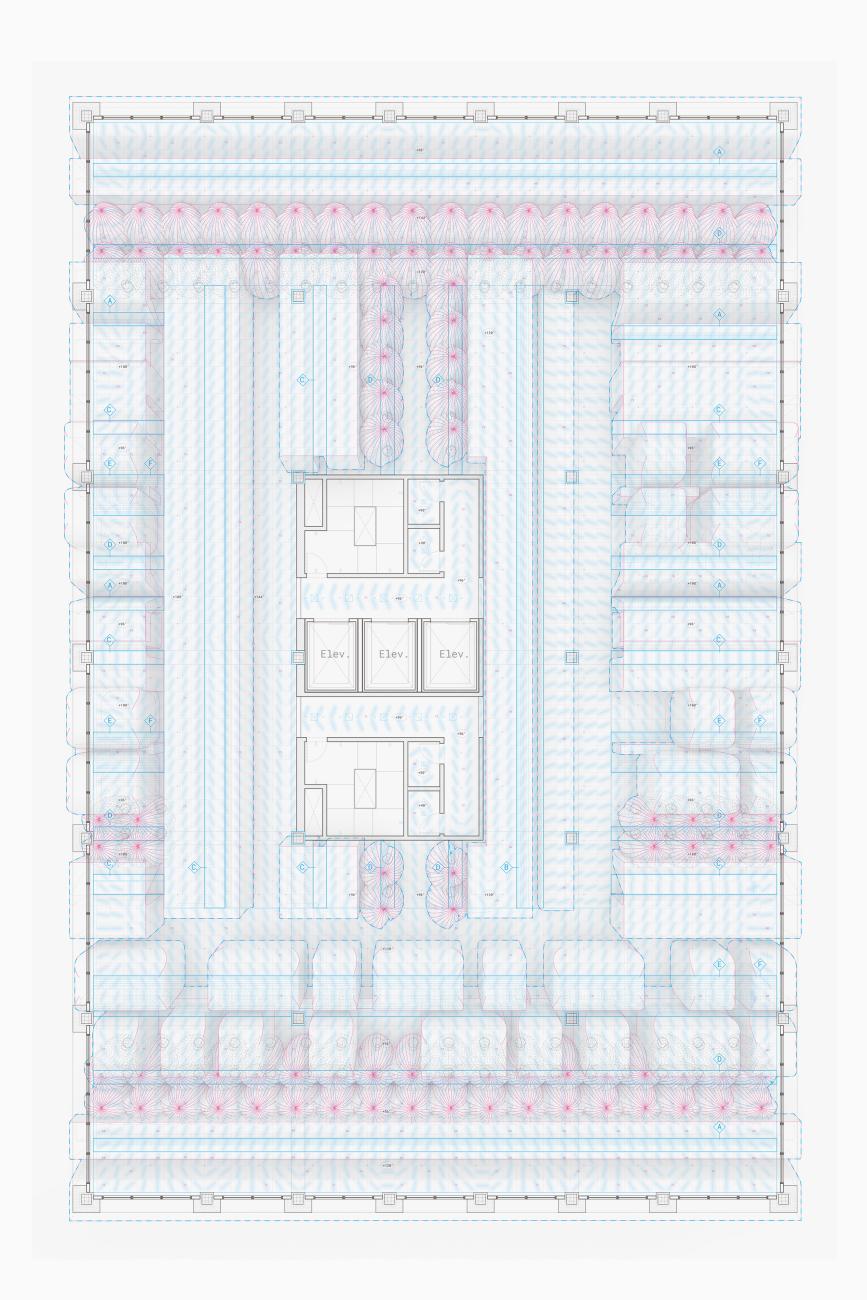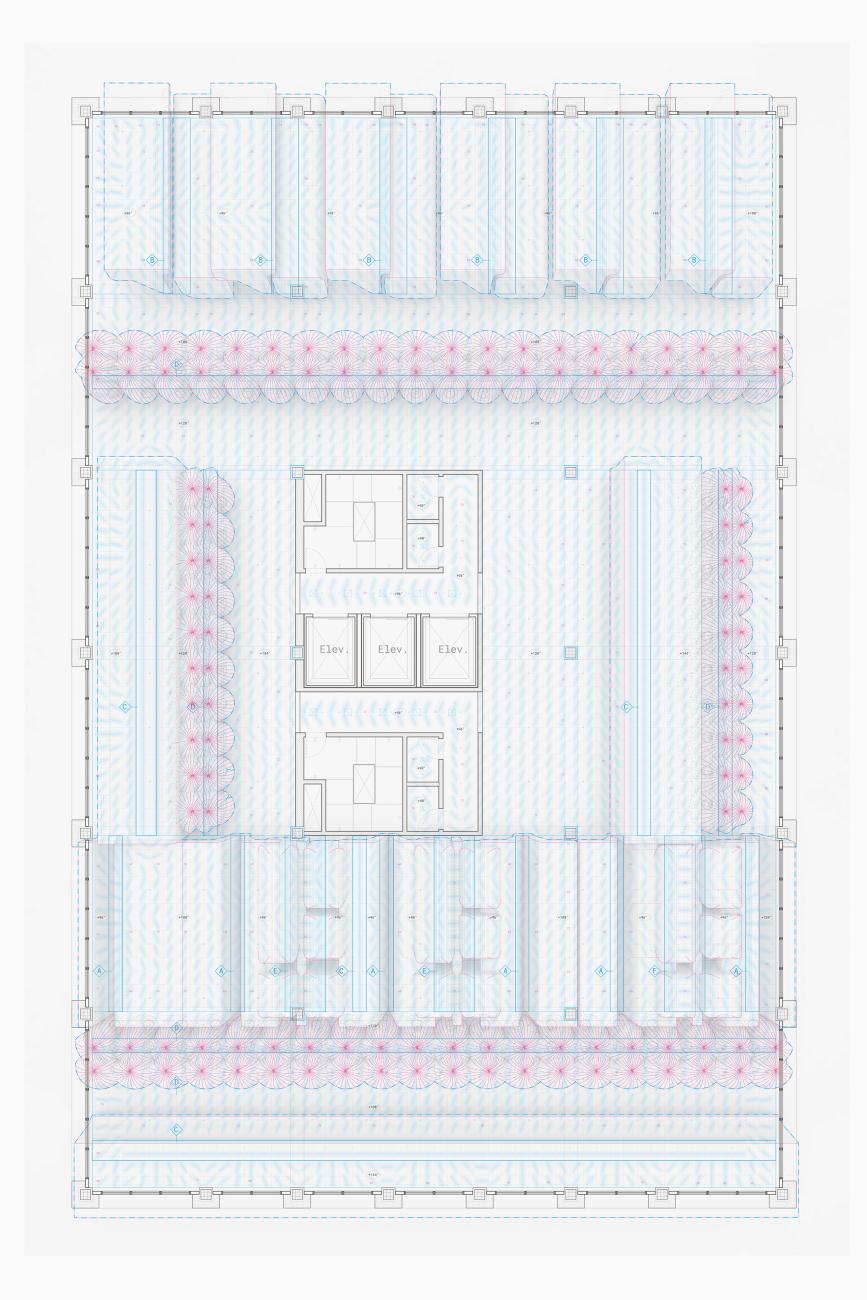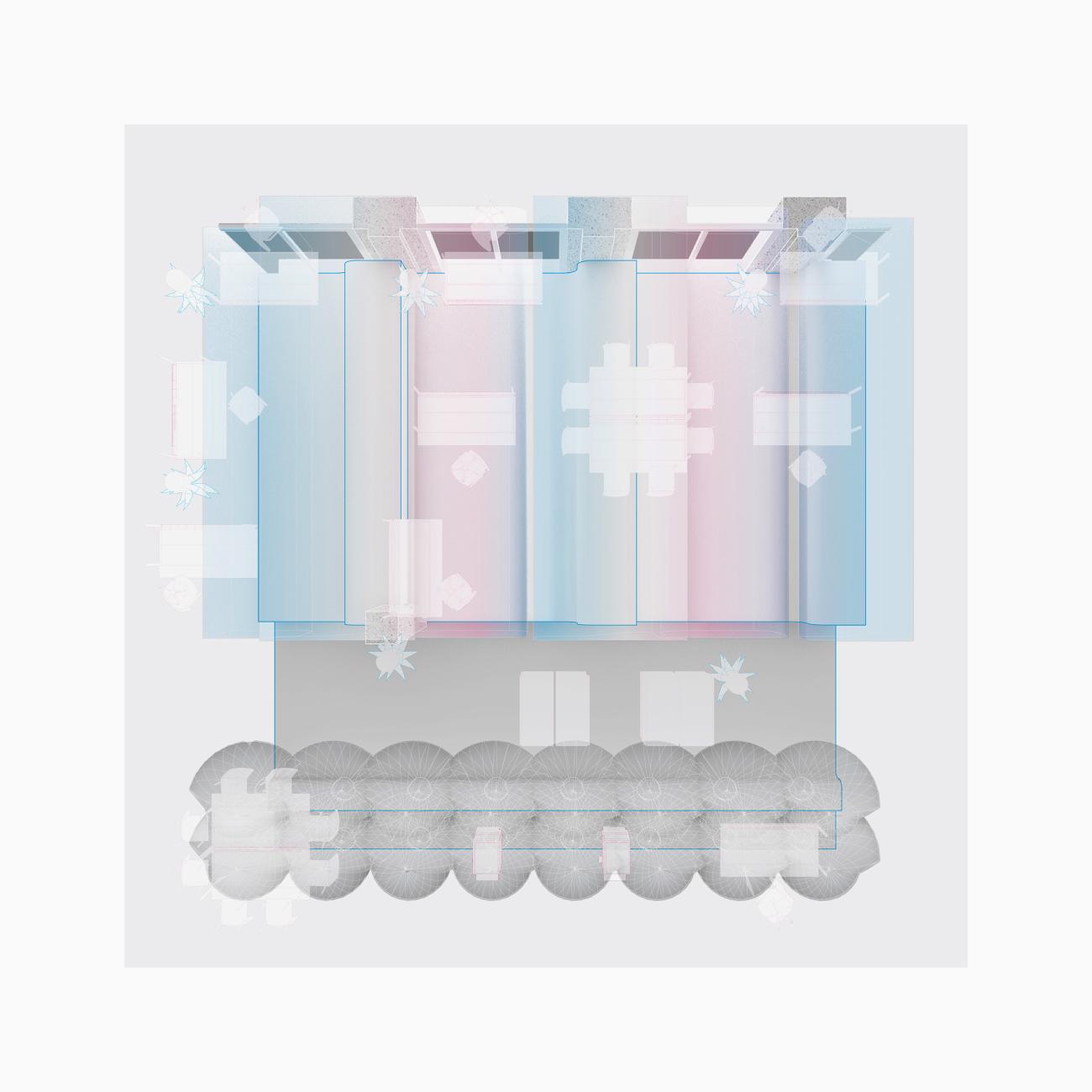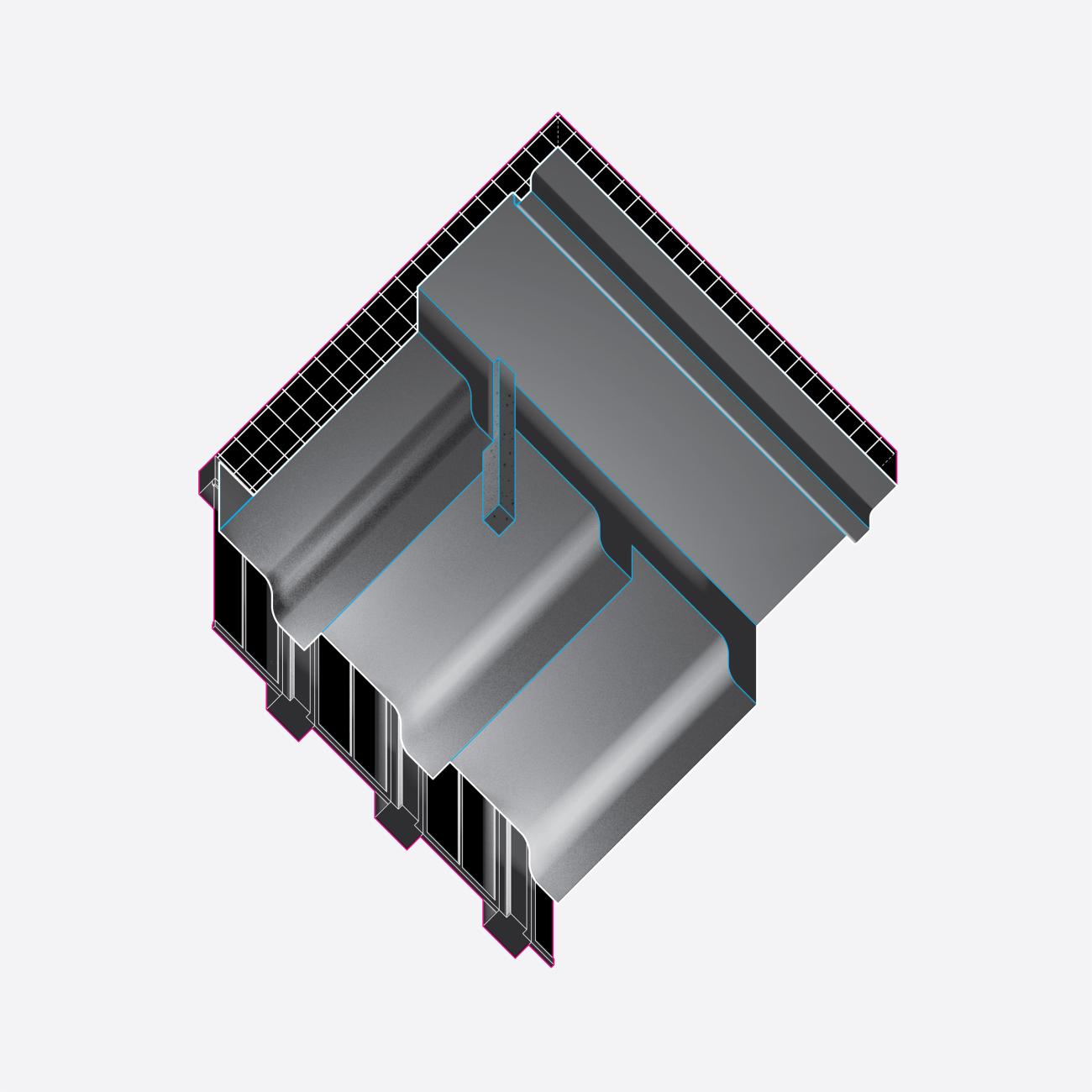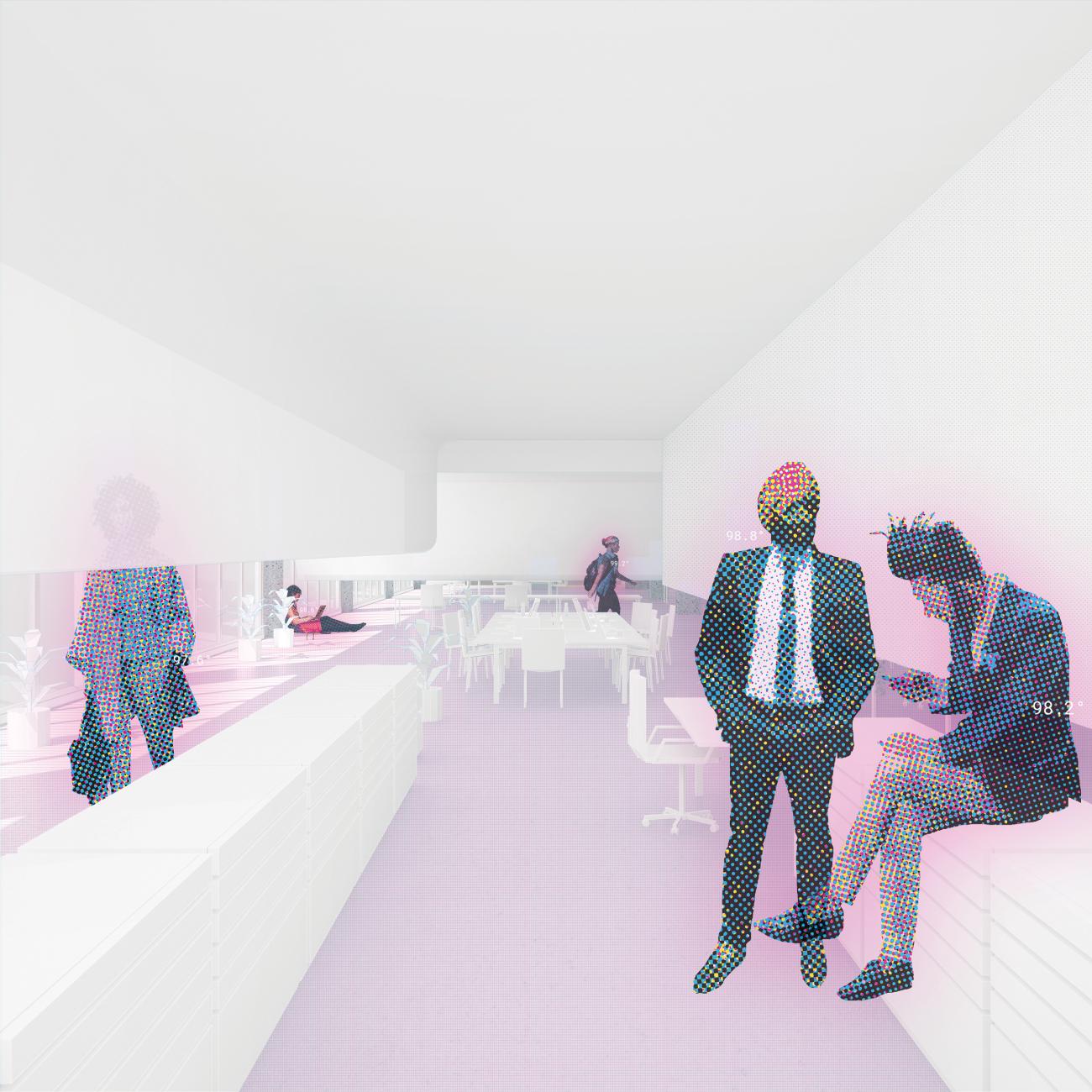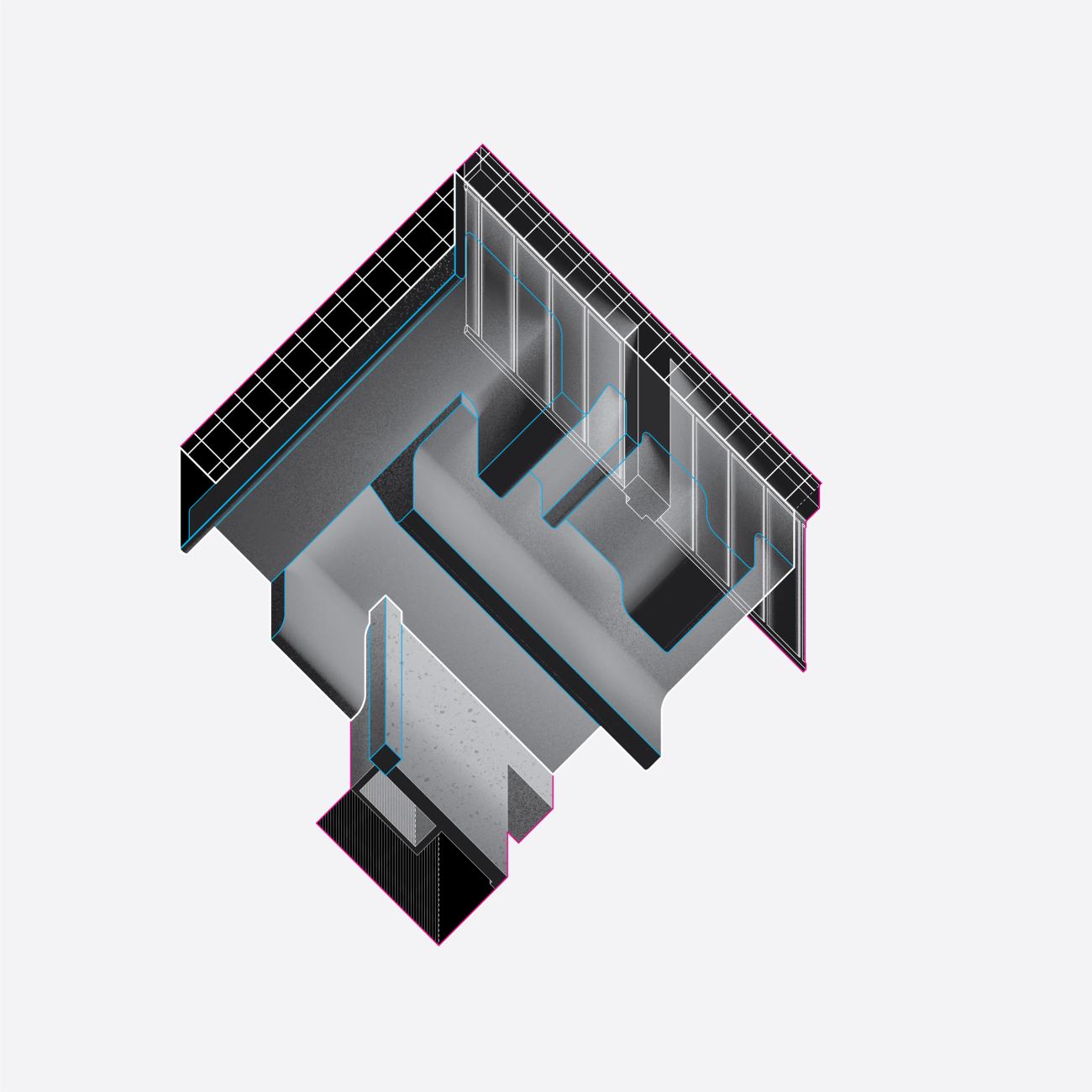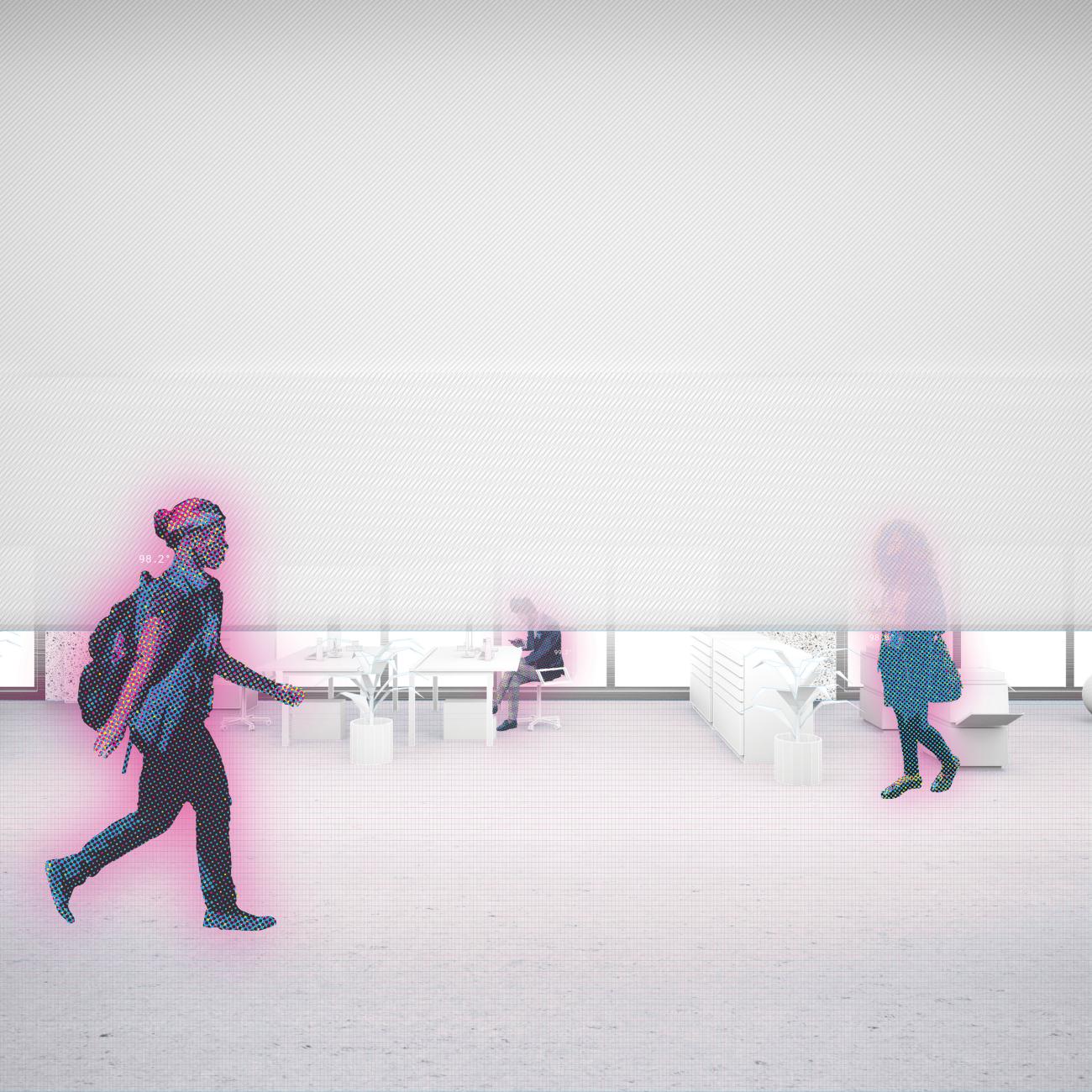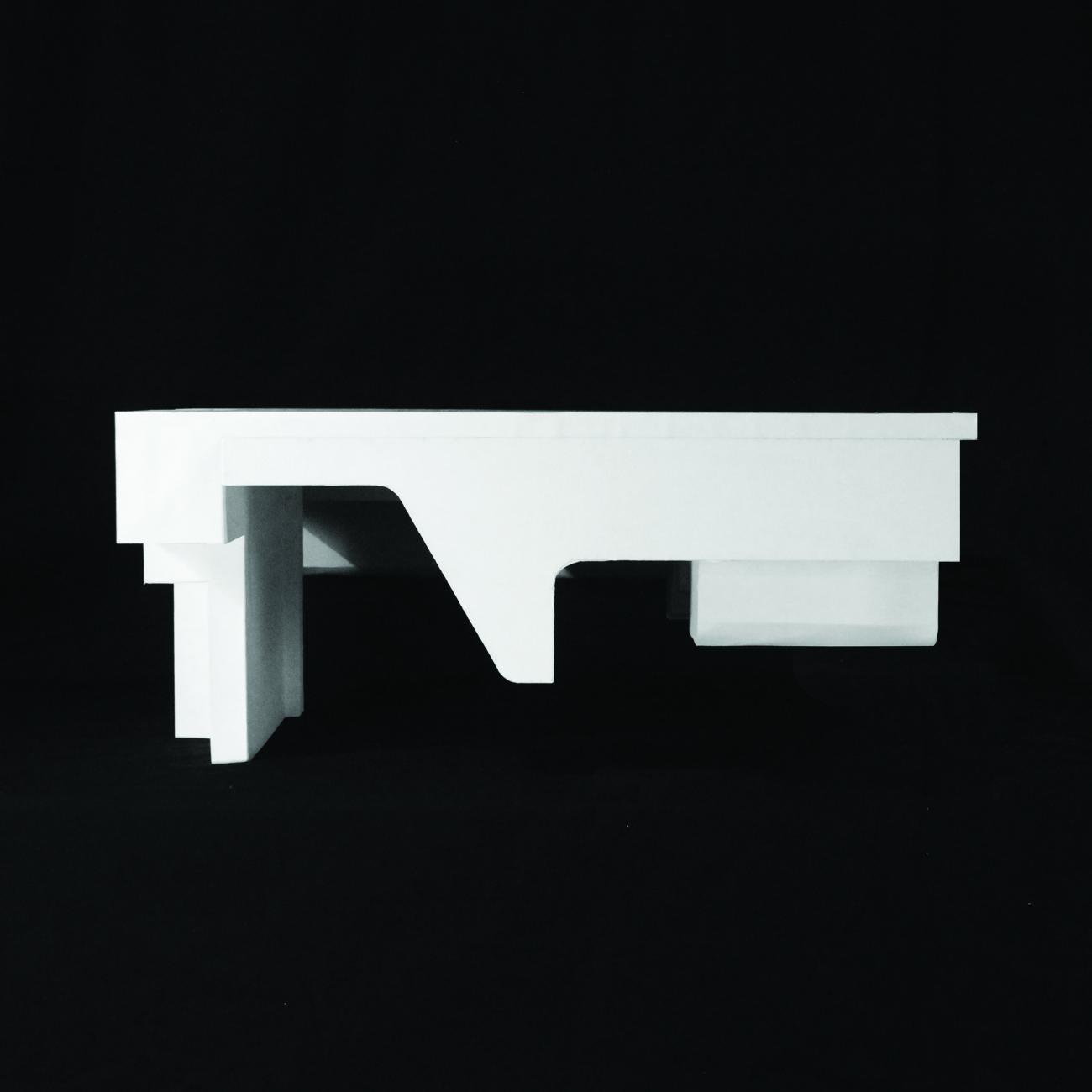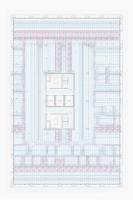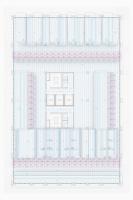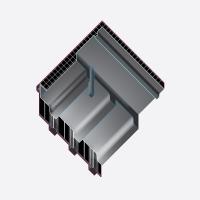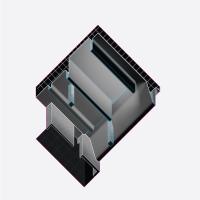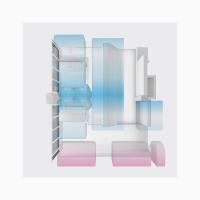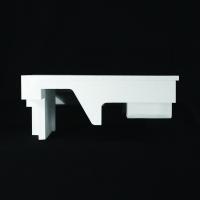Evio Isaac
2018
Typically, a secondary, technical deliverable, the reflected ceiling plan is a drawing used by architects to communicate the position of fixtures, mechanical penetrations, lighting, and finishes to the build team. Ceilings, construed by the reflected ceiling plan as a secondary drawing, systematically eliminate difference. "Hang in there" investigates the possibilities of the reflected ceiling plan as a primary drawing, and thus a challenge to the absoluteness of the architectural plan. Following the rules of this architectural role-play, the suspended ceiling becomes autonomous instead of codependent. It becomes diaphanous and promiscuous, technical and representational, replete with programmatic ambition. The RCP constructs an architecture of suspense.
Suspense describes two complementary conditions: the state or condition of physically hanging and the state or condition of mental uncertainty or excitement. An architecture of suspense interrupts the continuous space of the architectural plan. It produces indeterminacy through sensorial occlusion. It can’t be perceived in its totality and produces both flatness and thickness. Suspense produces deep, climatic ceilings and fuzzy, sensorial boundaries. It operates through connotation and difference. It renders service equipment with profiles, edges, and faces and it amplifies thermal and sensorial texture through intensity and proximity. It welcomes differentiation and specificity, and it implies collectivity through shared sensation.



